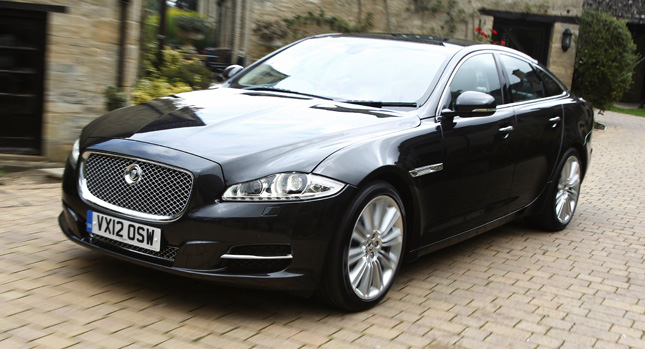You can’t not notice a current-generation Jaguar XJ as it drives by, and as you move your head in synchronicity with the movement of the car, you will notice that other people around you have also taken notice. It’s an imposing sedan, and the first different XJ in a long line of conservatively-styled cars.
However, it seems that while the new look was received quite well on the markets where the brand is already well-established, it fared less-well elsewhere. In China, for instance, most would apparently prefer a more restrained and classic-looking Jaguar shape, and since it is set to become the Indian-owned automaker’s main source of revenue, they feel forced to comply.
This is unprecedented for Jaguar, but according to Edmunds, the next-generation XJ will get two distinct body styles, which will be sold according to local market preference, apparently, though this part isn’t very clear. Keeping it simple, the traditional Jaguar buyers will get an evolution of the latest car, while newer (Asian) markets will get a differently-styled variant, which will look more like the Jaguars of old.
However, I think there’s a problem with all of this. The XJ is the flagship sedan in the Jaguar lineup, so it is therefore their interpretation of what the best car they could possibly make at the moment. The current style of the XJ is clearly very different to anything before it, but it is evolution nonetheless. Wouldn’t making the top-end Jag to look like something from 20 years ago somewhat dilute the whole idea behind it?
By Andrei Nedelea
PHOTO GALLERY
























